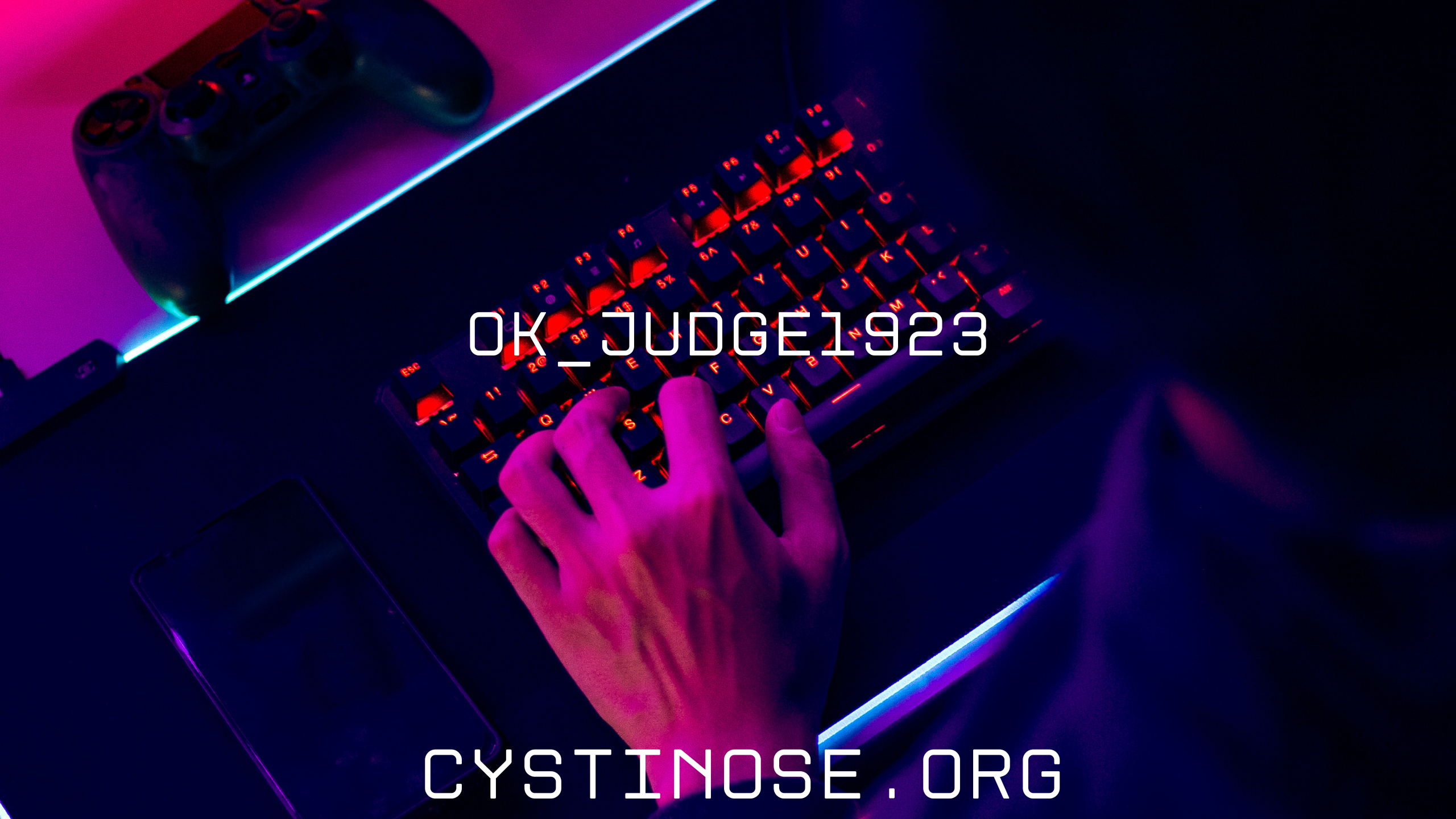Petitioner mortgage companies brought this petition for a writ of mandate to challenge an order of the Superior Court of Orange County (California), finding that statutory forfeiture, under Cal. Civ. Code § 2941(d) was not barred by the one-year statute of limitation of Cal. Civ. Code § 340(1). Petitioners contended that the matters by respondent borrowers should have been barred.
California Business Lawyer & Corporate Lawyer, Inc. provides more information on my edd
Overview
Petitioners mortgage companies were being sued in one of three potential class actions by respondent borrowers. Respondents claimed that petitioners violated Cal. Civ. Code § 2941, which regulated the process for recording a reconveyance of a deed of trust after a borrower paid off a secured loan. Petitioners argued that the recovery of the statutory forfeiture was barred by the one-year statute of limitations, under Cal. Civ. Code § 340(1). The general rule was that a cause of action accrued when the wrongful act was done and not at the time of the discovery. The court held that the one-year limitations period applied, in that it was a penal, rather than remedial, forfeiture. But under the delayed discovery rule, a cause of action did not accrue until respondents discovered or should have discovered, through the exercise of reasonable diligence, all of the facts essential to the cause of action. Respondents were entitled to expect that petitioners would perform an act they were required to perform by statute. Therefore, the court found that the trial court had to consider the sufficiency of the pleading of delayed discovery. The writ of mandate was granted.
Outcome
The petition for a writ of mandate, by petitioner mortgage companies, was granted because the lower court had erroneously found that the three-year statute of limitations applied to respondent borrowers’ claims, when the one-year statute of limitations applied in this action against petitioners. The court held that the trial court had to determine the sufficiency of the delayed discovery rule to this case.



.svg)


